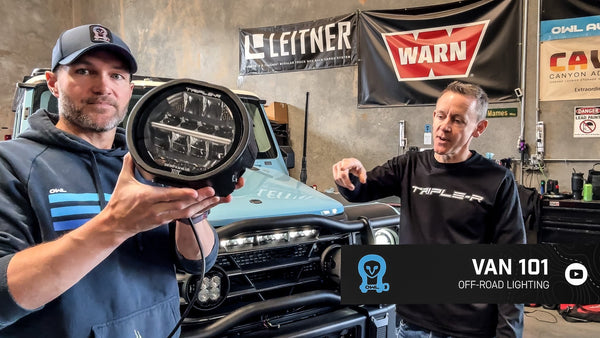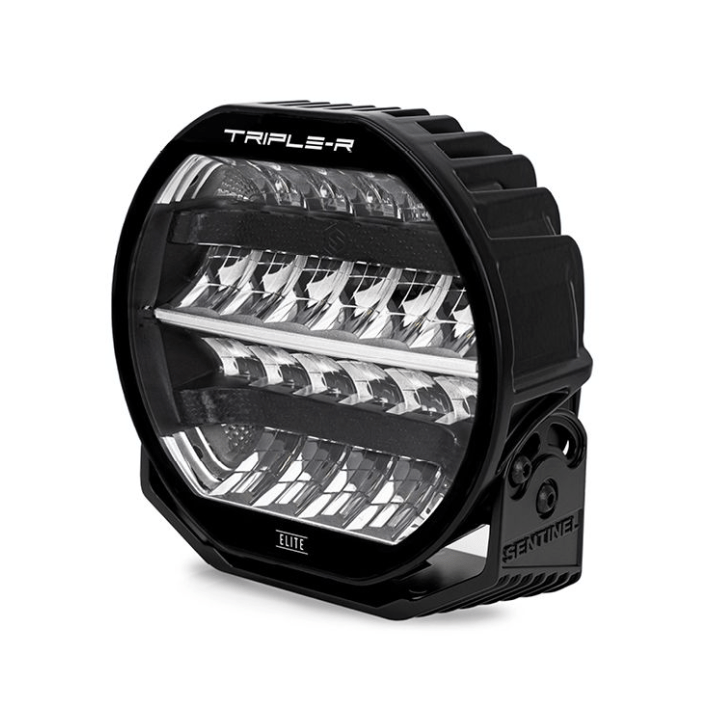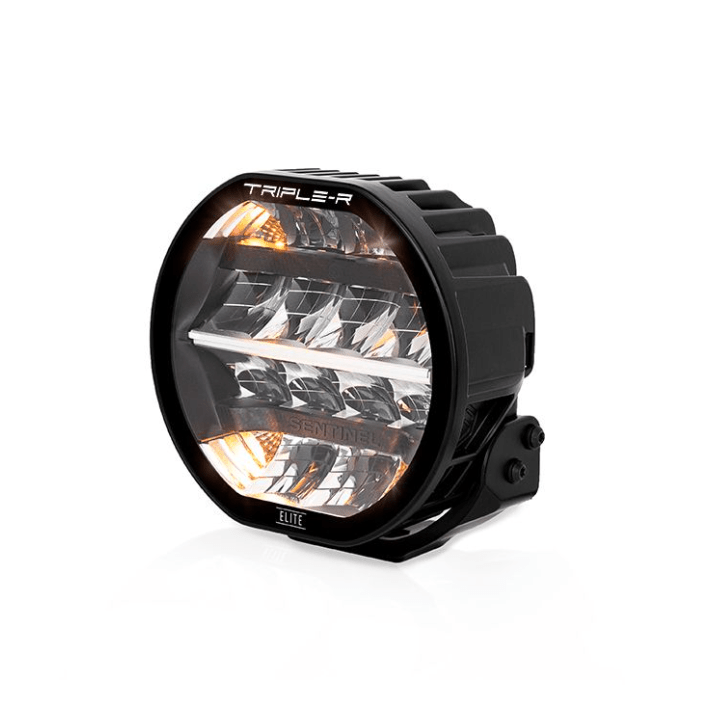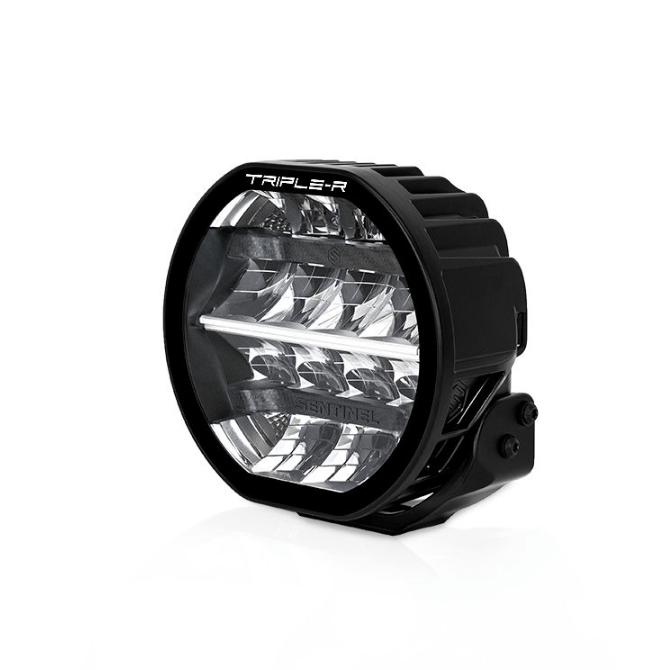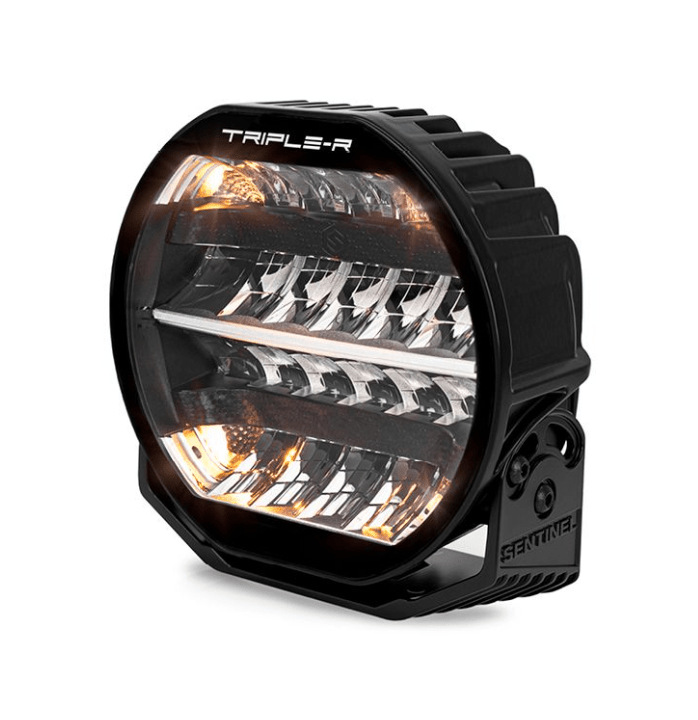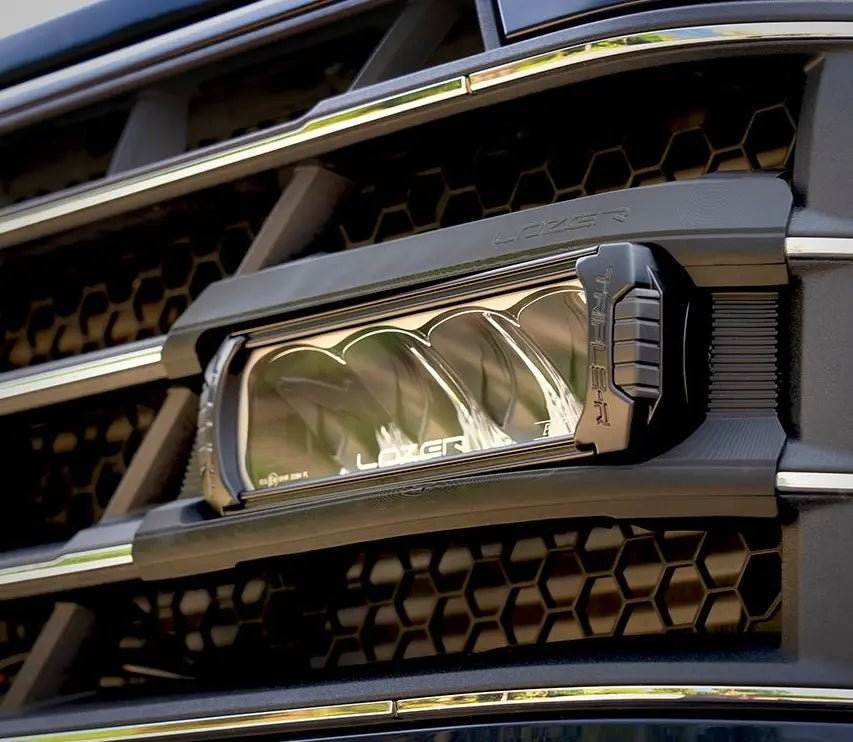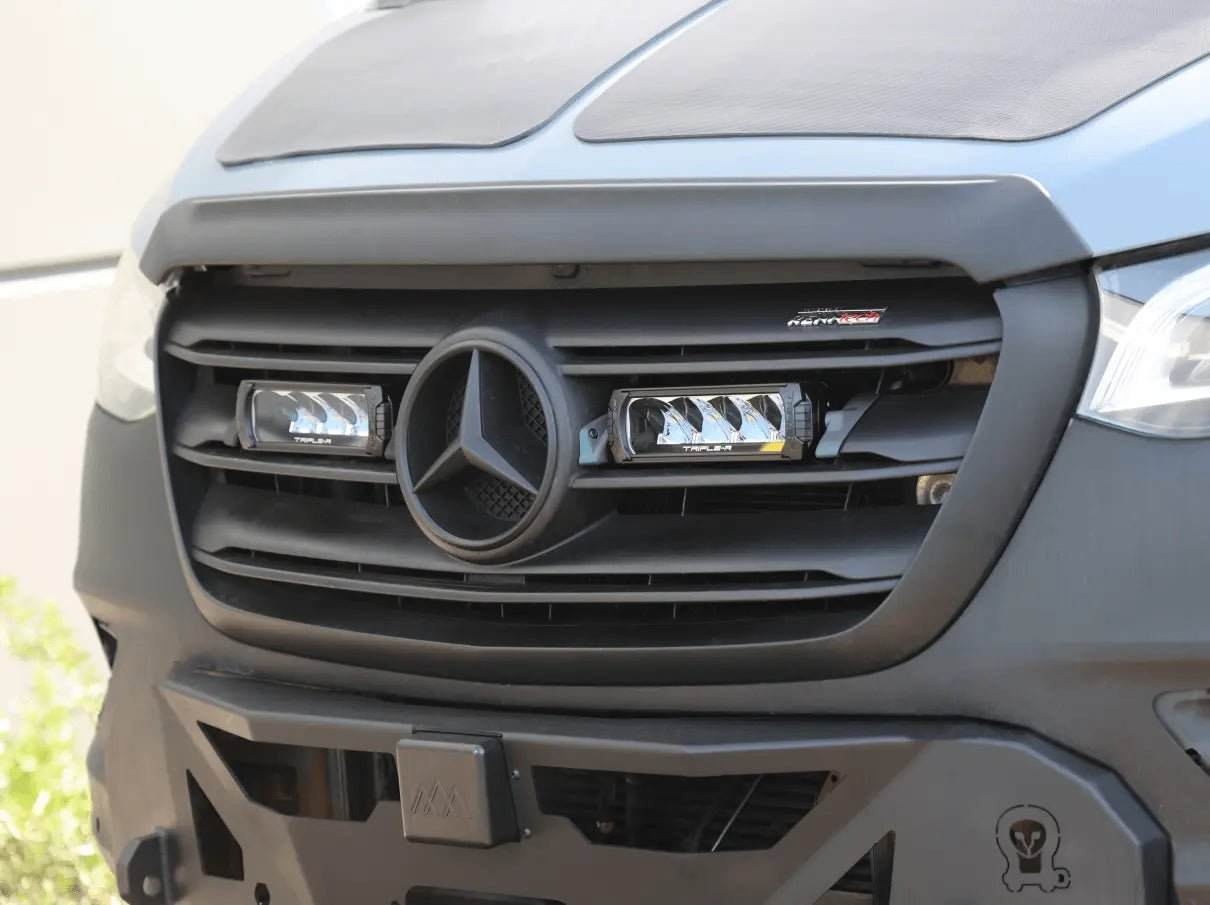Van 101 Filter
Everything You Need to Know About Off-Road Lights | Owl x Triple-R
When you build out your dream adventure rig—whether that's your Van or Grenadier—you want more than just Instagram-worthy gear. You want reliability, performance, and tailored solutions for real-world trails. That’s especially true with your lighting setup. Whether you’re navigating dusty desert tracks, wetlands with fog, or simply pulling long miles down empty highways, your lights should work seamlessly and efficiently.
Let’s break down how to choose off-road lighting that’s as tough as your journey, pulling from the essential insights with Ben from Triple R.
Why Off-Road Lighting Matters
If you spend any serious time off the beaten path, you know quality lighting is about safety, visibility, and minimizing fatigue—not just aesthetics. Factory headlights, even on premium adventure vehicles, are rarely engineered for true backcountry use.
Here’s what separates the pros from the pretenders when it comes to off-road lighting selection.
Understanding Lighting Tech:
1. Lumens: The Real Measure of Brightness
Lumens are the actual amount of light emitted from a source. Here's why it matters: higher lumens = more light output. But more isn’t necessarily better—beam control and efficiency are just as crucial.
-
Pro Tip: The efficiency of the LED matters too. A high-end LED will deliver more lumens per watt, maximizing actual usable light.
2. Color Temperature: How To Choose
Color temperatures is measured in Kelvins (K). Lower values (e.g., 3000K) mean more yellow/amber light; higher values (6500K) mean a blue/white.
-
Optimal range for off-roading and fatigue reduction: Around 5,000K. This mimics natural daylight and reduces eye strain, which matters if you’re spending long hours on the road or crawling at night.
-
Yellow/amber: Cuts through fog, dust, and inclement weather—vital for harsh environments (think Baja silt beds or European pea soup fog).
3. Beam Pattern: Why Spread & Punch Both Count
-
Wide Spread: Crucial for spotting wildlife or hazards lurking outside your lane.
-
Long Distance: Needed for high-speed travel and advanced warning of obstacles on open tracks.
When outfitting your rig for optimal lighting—you'll want to keep these two things in mind. The best setups use both—a broad, even spread paired with a concentrated “punch” beam down the middle.
Triple R Highlight: Integration and Build Quality
The best lights combine quality materials with seamless integration. Which is why Triple R beats out the other competitors. Here's why we choose their lighting over many other competitors:
-
All manufacturing is completed in-house (in the UK) for absolute quality control.
-
Clever engineering such as rear-facing LEDs projecting into high-precision reflectors for better beam control and maximum usable light.
-
Bracketing fits discreetly behind OEM grilles—maintaining the clean look of top-tier vehicles like the Sprinter and Grenadier.
-
Simple, straightforward installation.
SAE vs. Non-SAE: What’s Legal and Why It’s Important
-
SAE-Approved Lighting: Street legal in the US. Designed to prevent glare, focus the beam pattern, and avoid blinding other drivers. Ideal for fog and auxiliary lighting you’ll use on-road or in mixed company.
-
Non-SAE (Off-Road): No restrictions on beam pattern or intensity. Delivers maximum output and flexibility—best reserved for true off-grid or trail-only environments.
Many premium lights (like Triple R’s latest models) now offer dual-functionality: switch between legal SAE mode and off-road high-output at the flick of a switch or the removal of a small cap.
Owl Vans Pro Tip: In strict states like California, an SAE marking on your lights can save you from law enforcement hassles, and means you don’t need to keep lens covers handy on-road.
Amber vs. White: Choosing the Right Beam for Your Terrain
-
Yellow/Amber Beams: Superior for cutting through fog, dust, snow, and heavy rain by reducing backscatter and reflection.
-
White Beams: Offer maximum brightness and clarity in dry, clear conditions, and are ideal for general high-beam usage.
Some advanced lights offer both—you can toggle between amber fog and white high-beam modes, maximizing utility in every condition.
Practical Recommendations for Your Setup
So what should you look for? Here’s the expert checklist:
-
Day/Night Versatility: Look for setups around 5,000K for minimal eye fatigue and best visibility.
-
Balanced Spread: Prioritize both wide and long-distance output—either via a combo light bar or by pairing dedicated wide and spot beams.
-
Amber/Yellow Functionality: Absolutely essential for anyone traveling dusty trails or in climates prone to fog.
-
Factory-Style Integration: Mounts, brackets, and lights that follow body lines and can be cleanly installed behind or within grilles.
-
SAE Compliance: Especially if your adventures include plenty of on-road driving—avoid tickets and unwanted attention.
-
High-Quality LEDs & Reflectors: Efficient, reliable, and rugged. This reduces battery draw and ups your real-world visibility.
Why Lighting Quality (and Placement) Matters
Beyond just specs, here’s why pros pay for top-tier lighting:
-
Control & Safety: Advanced reflector designs precisely focus the beam, meaning you see more and don’t blind oncoming traffic.
-
Reduced Fatigue: True daylight-mimicking color and minimal blue light means less strain—especially on marathon trips or convoy runs.
-
Durability: Off-road-focused designs withstand vibration, water, and abuse—essential for remote backcountry travel.
Conclusion: Elevate Every Night Mile
Your off-road adventure is only as good as your vision—literally. Quality lighting isn’t a luxury, it’s a trail-tested necessity. By understanding what matters—from lumens to integration—you guarantee more confidence on every run, better safety for you and your crew, and a rig that stands out for all the right reasons.

